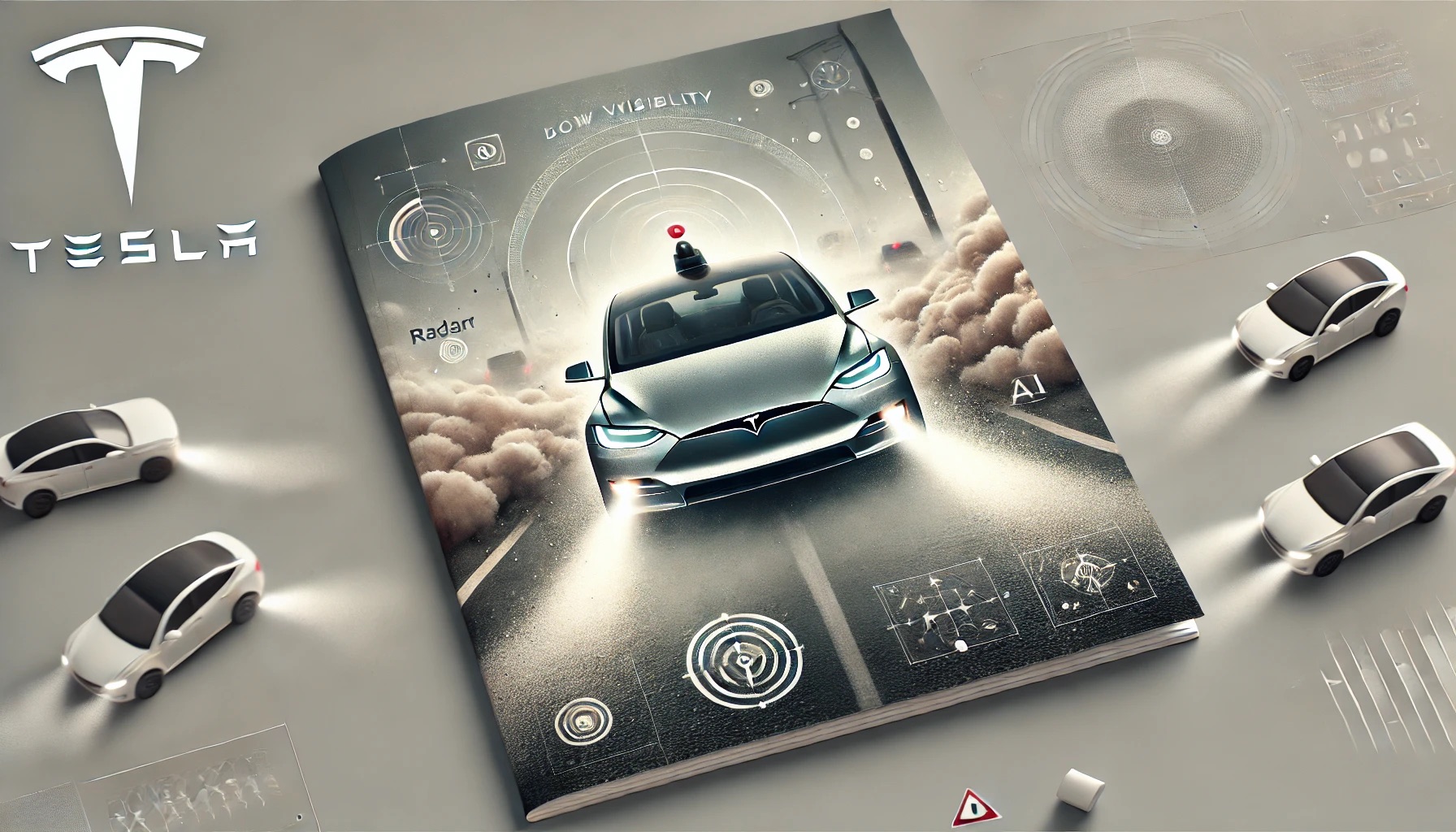The National Highway Traffic Safety Administration (NHTSA) has launched an investigation into Tesla's Full Self-Driving (FSD) system after multiple accidents occurred in low-visibility conditions like sun glare, fog, and dust. The outcome could delay Tesla’s rollout of unsupervised FSD capabilities set for 2024.
NHTSA Probes Tesla's FSD for Visibility Issues, Threatening 2024 Full Autonomy Rollout Plans
Tesla continues to face significant skepticism regarding its reliance on a vision-only approach for autonomous driving. As the electric vehicle giant prepares to introduce an unsupervised version of its Full Self-Driving (FSD) system as early as next year, the National Highway Traffic Safety Administration (NHTSA) has initiated a new investigation into Tesla's system. This probe focuses on the FSD's purported challenges in navigating reduced visibility conditions.
According to Wccftech, the NHTSA has launched a preliminary investigation into several accidents when Tesla’s FSD was engaged in poor visibility, with one of the four cases resulting in a fatality. According to the agency:
"In these crashes, the reduced roadway visibility arose from conditions such as sun glare, fog, or airborne dust."
While this investigation is still in its early stages, any negative findings could significantly delay Tesla’s plans to roll out unsupervised FSD capabilities by next year. Such a setback could, in turn, hinder the planned launch of its fully autonomous "Cybercab," envisioned for 2026.
Musk Confirms Tesla's Full Autonomy by 2027, But NHTSA Probe Could Force Key Changes
Elon Musk recently confirmed during the Cybercab unveiling on October 10 that a "completely autonomous" version of FSD for Tesla’s Model S, 3, X, and Y vehicles would begin rolling out in Texas and California in 2024, with the Cybercab launch slated for "before 2027."
Despite these ambitious plans, many analysts remain cautious. Available data from the California DMV reveals that Waymo's autonomous vehicles experience a disengagement every 17,311 miles, a performance surpassing Tesla's FSD capabilities.
A potentially unfavorable ruling from the NHTSA could force Tesla to reconsider its vision-only approach by incorporating LiDAR sensors, which offer a more reliable method of detecting objects in various visibility conditions. However, this shift would come at a considerable cost. It would likely push back Tesla’s autonomy-related ambitions, mainly since its current FSD system relies solely on a vision-based neural network.



 Hyundai Motor Shares Surge on Nvidia Partnership Speculation
Hyundai Motor Shares Surge on Nvidia Partnership Speculation  Mercedes-Benz to Launch Advanced Urban Self-Driving System in the U.S., Challenging Tesla FSD
Mercedes-Benz to Launch Advanced Urban Self-Driving System in the U.S., Challenging Tesla FSD  SMIC Shares Climb as China Boosts Chipmaking Support Amid AI Optimism
SMIC Shares Climb as China Boosts Chipmaking Support Amid AI Optimism  Supreme Court to Hear Cisco Appeal on Alien Tort Statute and Human Rights Liability
Supreme Court to Hear Cisco Appeal on Alien Tort Statute and Human Rights Liability  Samsung Electronics Poised for Massive Q4 Profit Surge on Soaring Memory Chip Prices
Samsung Electronics Poised for Massive Q4 Profit Surge on Soaring Memory Chip Prices  China Reviews Meta’s $2 Billion AI Deal With Manus Amid Technology Control Concerns
China Reviews Meta’s $2 Billion AI Deal With Manus Amid Technology Control Concerns  Dell Revives XPS Laptop Lineup With New XPS 14 and XPS 16 to Boost Premium PC Demand
Dell Revives XPS Laptop Lineup With New XPS 14 and XPS 16 to Boost Premium PC Demand  AMD Unveils Next-Generation AI and PC Chips at CES, Highlights Major OpenAI Partnership
AMD Unveils Next-Generation AI and PC Chips at CES, Highlights Major OpenAI Partnership  Intel Unveils Panther Lake AI Laptop Chips at CES 2025, Marking Major 18A Manufacturing Milestone
Intel Unveils Panther Lake AI Laptop Chips at CES 2025, Marking Major 18A Manufacturing Milestone  FCC Approves Expansion of SpaceX Starlink Network With 7,500 New Satellites
FCC Approves Expansion of SpaceX Starlink Network With 7,500 New Satellites  Anthropic Launches HIPAA-Compliant Healthcare Tools for Claude AI Amid Growing Competition
Anthropic Launches HIPAA-Compliant Healthcare Tools for Claude AI Amid Growing Competition  FCC Exempts Select Foreign-Made Drones From U.S. Import Ban Until 2026
FCC Exempts Select Foreign-Made Drones From U.S. Import Ban Until 2026  EU Orders Elon Musk’s X to Preserve Grok AI Data Amid Probe Into Illegal Content
EU Orders Elon Musk’s X to Preserve Grok AI Data Amid Probe Into Illegal Content  Ford Targets Level 3 Autonomous Driving by 2028 with New EV Platform and AI Innovations
Ford Targets Level 3 Autonomous Driving by 2028 with New EV Platform and AI Innovations  xAI Cash Burn Highlights the High Cost of Competing in Generative AI
xAI Cash Burn Highlights the High Cost of Competing in Generative AI  Trump Considers Starlink to Restore Internet Access in Iran Amid Protests
Trump Considers Starlink to Restore Internet Access in Iran Amid Protests  Nvidia Appoints Former Google Executive Alison Wagonfeld as First Chief Marketing Officer
Nvidia Appoints Former Google Executive Alison Wagonfeld as First Chief Marketing Officer 































